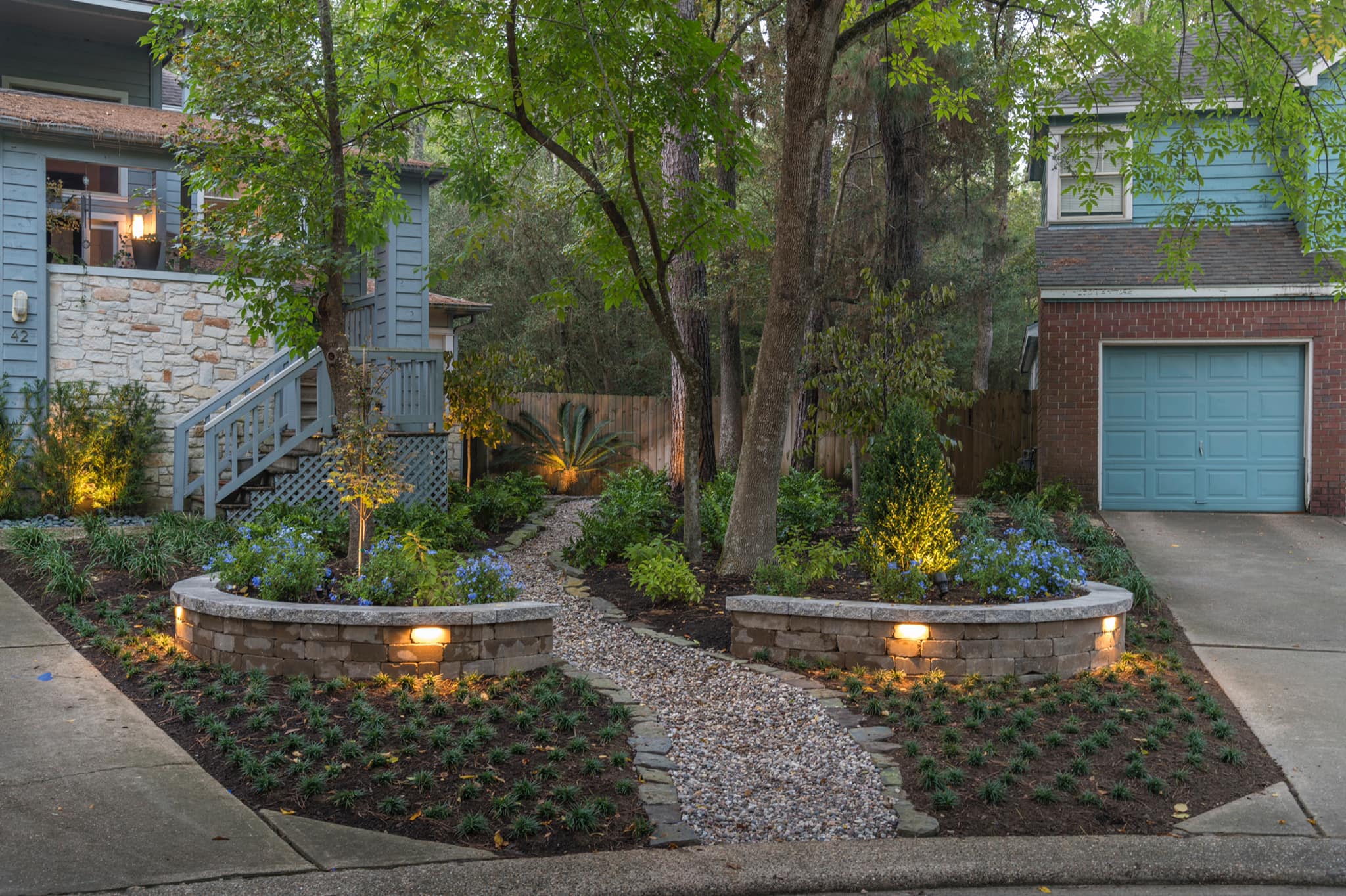
Beyond Grass: Innovative Lawn Alternatives for Modern Landscapes Oct 02, 2025
Traditionally, the expansive green lawn has been the hallmark of curb appeal. However, with changing climate conditions and a growing focus on sustainability, many are seeking alternatives that require less water, fewer chemicals, and lower maintenance. One such alternative is synthetic grass, which has evolved significantly over the years. Today's synthetic turf looks natural and lush, providing the same visual appeal as real grass without the demanding upkeep. It’s incredibly durable and stays green all year round, making it an excellent choice for families with children and pets.
For those desiring a more organic touch, ground covers like clover, creeping thyme, or moss offer unique aesthetics and practical benefits. Clover, for instance, is not only low-maintenance but also drought-tolerant, negating the need for regular watering. Creeping thyme adds a fragrant aura to your garden while requiring minimal mowing. Moss, a soft and verdant alternative, thrives in shady spots where grass typically struggles. These options introduce texture and color variations that can transform a mundane yard into a vibrant, living tapestry.
If biodiversity is a priority, meadow lawns provide an inviting solution. By integrating a variety of native wildflowers and grasses, meadow lawns support local ecosystems and attract pollinators like bees and butterflies. They offer a dynamic, ever-changing landscape that responds to the natural rhythm of the seasons. Plus, their reduced mowing schedule translates to less time behind the lawnmower and more time enjoying the beauty of a thriving garden.
Incorporating hardscaping elements can also significantly enrich your outdoor living space. Patios, stone pathways, and raised planter beds reduce turf needs and increase usability. Materials like stone or brick not only add visual contrast but also provide functional benefits, creating areas for relaxation and entertainment. Hardscaping can be beautifully complemented by strategically placed drought-resistant plants and succulents, offering a low-water solution that still makes a bold statement.
Of course, any move away from a traditional grass lawn should be accompanied by responsible planning and design. Consulting with a professional landscape designer, like those at Atlas Land Design, ensures a tailored solution suited to your climate, soil type, and personal preference. A well-thought-out plan can harmonize various elements, achieving a cohesive look that aligns with both your aesthetic goals and environmental values.
In conclusion, as the landscape of our neighborhoods and priorities evolve, so too should our approach to lawn management. Embracing alternatives not only enhances the visual appeal of your property but also contributes to broader ecological goals. Whether opting for synthetic grass, ground covers, meadow lawns, or incorporating hardscape features, the journey beyond traditional lawns offers a realm of possibilities enhanced by creativity and sustainability. At Atlas Land Design, we're excited to help you explore these innovative avenues, transforming your home into a modern landscape that truly resonates with your lifestyle.